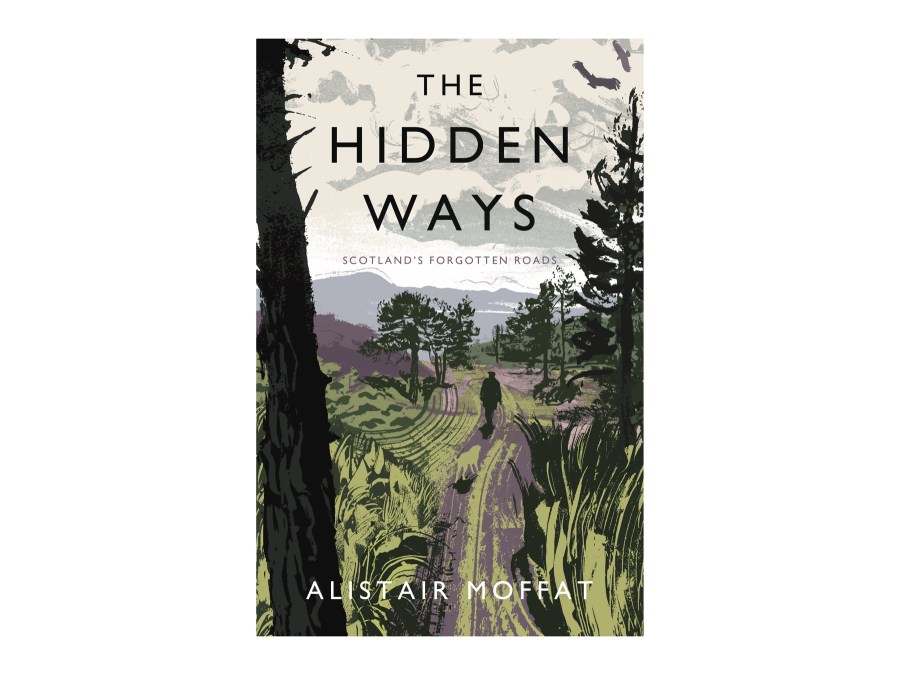This review was first published in the January 2018 issue of The Great Outdoors
Alistair Moffat has an interesting CV. Over the years, he has been director of the Edinburgh Fringe, head of programming at Scottish Television and founder of the Borders Book Festival. He is also fascinated by the stories of our landscape and finds walking is usually the best way to discover our past: “Anyone who wants to understand something of the elemental nature of our history should try to walk through it, should listen for the natural sounds our ancestors heard, smell the hedgerow honeysuckle and the pungent, grassy milky stink of cowshit.”
In The Hidden Ways he sets off to explore some of Scotland’s lost paths and tracks and follows Roman roads, pilgrim routes, turnpikes and some of the drove roads which once resonated to the heavy rumble of passing cattle. In retracing 10 old routes, he charts memorable history through the unremembered lives of those who lived, worked and travelled in the Scottish landscape.
It is anticipated the book will mark the start of a longer term project to recognise and interpret some of these old forgotten roads
Along the way, Moffat follows the River Tay as it flows east from the heart of Perthshire, crosses the swirling otter-rich waters at Kyle Rhea and follows the line of the former railway – now a scenic traffic-free route – between Ballachulish and Connel, near Oban. The Herring Road puts the reader in the footsteps of the fisherfolk who once carried their heavily laden creels for 25 miles across the Lammermuir Hills from Dunbar, on the coast north of Berwick-upon-Tweed, to the land-locked market town of Lauder. You can’t buy fresh fish there today.
It’s not just walkers who once travelled across Scotland. The drovers used dogs to help guide their livestock through the Highlands, and on to Lincolnshire and East Anglia, but many would board a boat to return north and left their four-legged friends to find their own way home. Most would successfully arrive back, unaccompanied, having been fed by farmers and innkeepers along the way and the drovers would then pay for this food when they passed south again the following summer! The Hidden Ways is a treasure trove of such stories and it is anticipated the book will mark the start of a longer term project to recognise and interpret some of these old forgotten roads.
The Hidden Ways is published by Canongate (£20)








